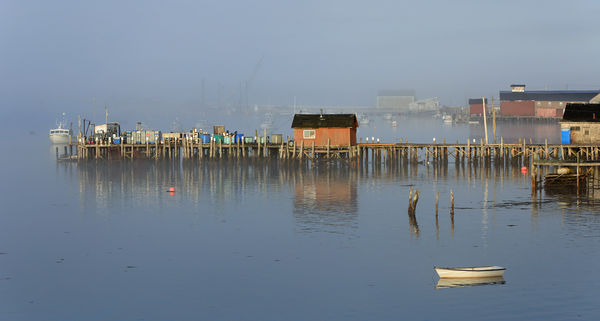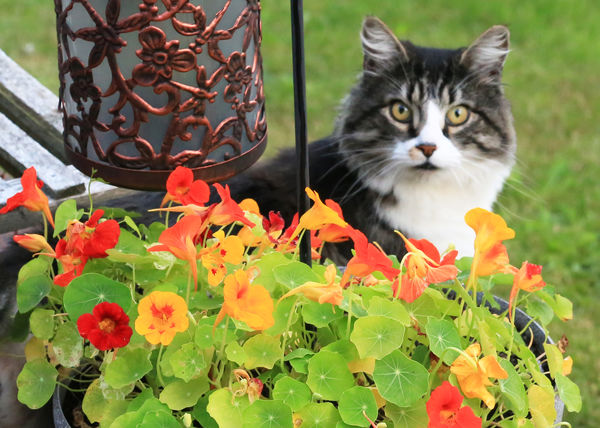Comparing "crop sensor" camera image with "full frame"
Aug 7, 2018 17:10:56 #
Let's take a 1.6X crop factor (say, a Canon APS-C camera) and a "full frame" sensor camera and compare, assuming both to be, say 24 megapixel sensors, have equal lens quality and same ISO and other variables of subject, distance, light, etc. (Imagine the subject to be one or several sheets of newsprint.) Now, if the full frame sensor is 24 X 36mm and the APS-C one is 22.3 X 14.9mm (and I did find some slight variation reported in those APS-C numbers), we see that the respective areas are 864mm sq. and 332mm sq., the larger one having 2.6 the area of the smaller. We also see that the crop factor (1.6 in this case) is the factor by which the two sensor heights (or the two widths) differ. The question is: if you print (on the same printer), say, an 8X12inch print from the APS-C (smaller) sensor, what size print from the full frame one would be of equal visual acuity?
Aug 7, 2018 17:29:12 #
bcrawf wrote:
Let's take a 1.6X crop factor (say, a Canon APS-C ... (show quote)
At the risk of sounding coarse - spend less time coming up with this stuff and more time snapping the shutter. The answer to this question is probably not going to affect your, or anyone else's photography. Go out, take your camera, have fun. You will drive yourself batty trying to resolve these questions.
The question is vague and incomplete, btw. Eyesight, viewing distance and print size will enter into the equation in such a way that it will completely bias the results. You have to lock down all the variables, maybe test these ideas on your own. Have fun, and post the results.
Aug 7, 2018 17:35:28 #
bcrawf wrote:
Let's take a 1.6X crop factor (say, a Canon APS-C ... (show quote)
If you print an 8x10 or 8½x11, all things being equal, none. But, it really depends on the Megapixels when you go larger
Aug 7, 2018 17:48:02 #
rgrenaderphoto wrote:
If you print an 8x10 or 8½x11, all things being equal, none. But, it really depends on the Megapixels when you go larger
I guess you mean it depends on the sensor size(s), considering that the "megapixels" are equal (in the sense that both sensors are 24 MP).
Aug 7, 2018 19:44:41 #
Gene51 wrote:
At the risk of sounding coarse - spend less time c... (show quote)

Plus what rgrenaderphoto said.
Aug 8, 2018 07:35:11 #
Aug 8, 2018 07:57:42 #
mleuck wrote:
You are wasting your time being so scientific. Just use your camera and have fun.

(This is my camera, this is how it works, I use it.)
Aug 8, 2018 08:34:48 #
I could get in to the science, but the bottom line is that I have never been able to take such good photos as with the Canon 6D (the "old" version) which I purchased refurbished from Canon, having stepped up from several of their APS-C "crop-sensor" cameras. I have even taken good photos with an ISO of 12,800 and 25,600!
Here are three photos from this past week, both taken with my new 70-200mm f 2.8 version II lens. The one of Hercules the cat was taken after dusk with an ISO of 6400. It is a little fuzzy - mostly because the focus point was on the flowers...
Here are three photos from this past week, both taken with my new 70-200mm f 2.8 version II lens. The one of Hercules the cat was taken after dusk with an ISO of 6400. It is a little fuzzy - mostly because the focus point was on the flowers...
Aug 8, 2018 09:36:02 #
I had many cameras. Recently after I compared images taken with 5DIII with 7DII I sold the 5 D. I am enlarging everything to 13x19 and I use RAW. Because I like birds which always imply cropping when I do birds I am using a Tamron 150-600 with a 1.4X extender and the 7DII which makes about 1300mm..
There are a few tests done by others which basically say that there is not visible difference between full frame and 1.6 cropping. I posted one of these tests earlier on.
There are a few tests done by others which basically say that there is not visible difference between full frame and 1.6 cropping. I posted one of these tests earlier on.
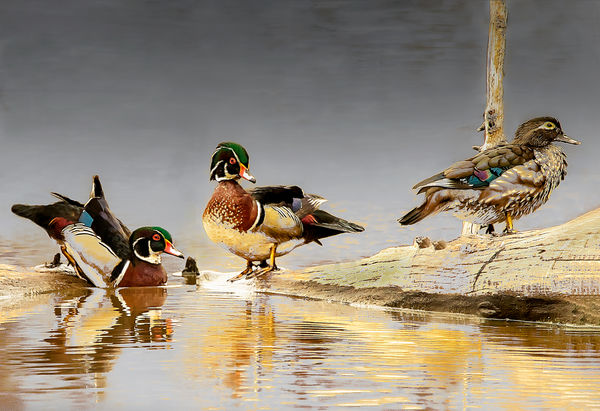
Aug 8, 2018 14:32:36 #
oregonfrank
Loc: Astoria, Oregon
A comparison of both sensors is unequal to start with. If both are 24 mpixels, then the pixel density (pixels per sq. mm) of the APS-C sensor is more than twice that of the full frame.
Aug 8, 2018 14:34:38 #
oregonfrank wrote:
A comparison of both sensors is unequal to start with. If both are 24 mpixels, then the pixel density (pixels per sq. mm) of the APS-C sensor is more than twice that of the full frame.

Aug 8, 2018 15:08:41 #
At a workshop on photographing birds given by the San Diego Union Tribune outdoors editor, Ernie Cowen, he recommended cropped sensors for bird and wildlife photography. Has worked great for me with my Nikon D7200 using a 28 - 300 mm. Nikkor zoom lens. Not the best lens but all I can afford. If photos don't turn out sharp enough or with too much noise, it's almost always something I do wrong rather than the fault of the equipment.
Aug 9, 2018 01:13:07 #
amfoto1
Loc: San Jose, Calif. USA
bcrawf wrote:
Let's take a 1.6X crop factor (say, a Canon APS-C ... (show quote)
You tell me...
One of these was shot with a 15MP APS-C Canon camera... the other with a 21MP full frame Canon Camera. The same 20mm lens were circular polarizing filter was used for both shots.
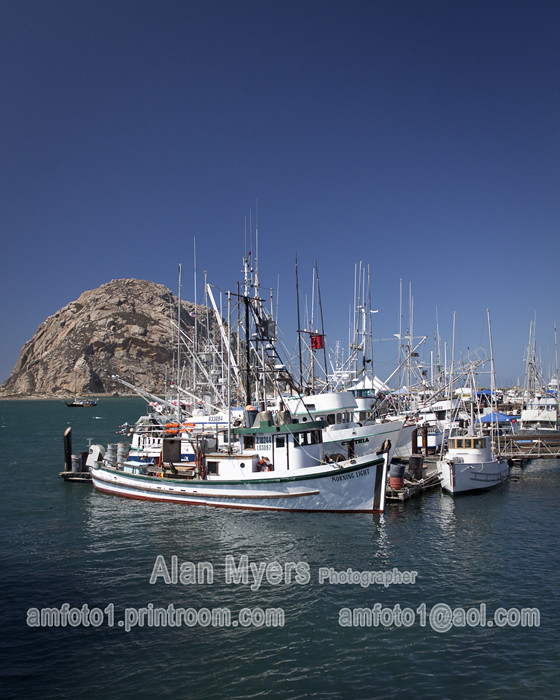
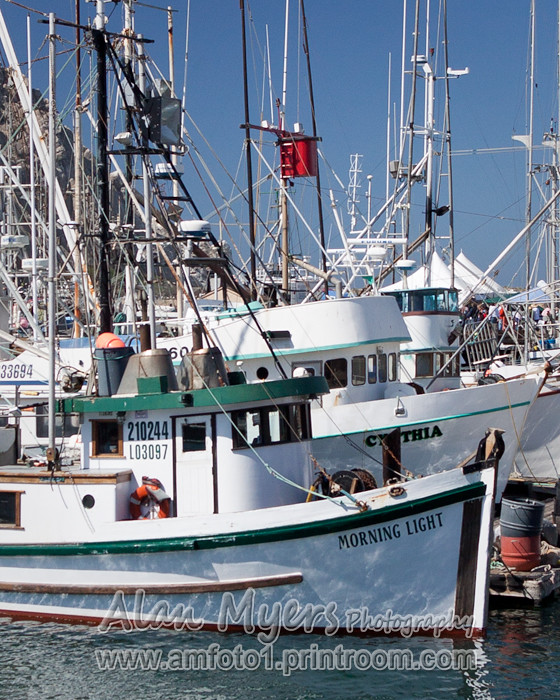
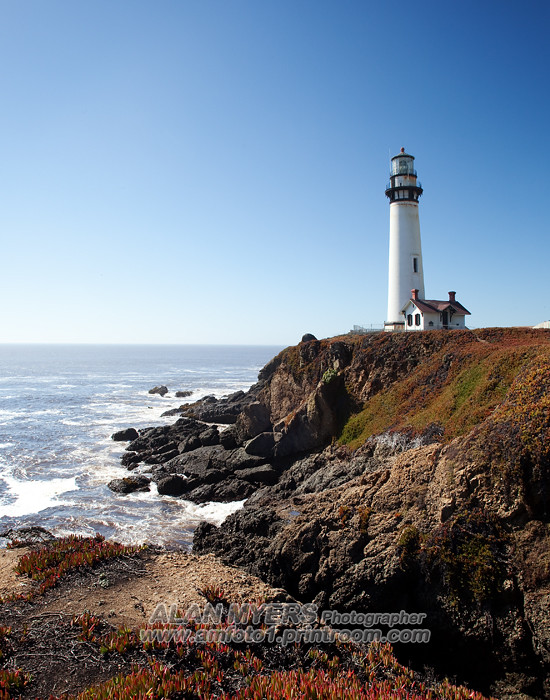

A 24MP APS-C camera can make an excellent print up to about 16x24". Beyond that, for larger prints a full frame image will be superior.
For wide angle work, portraiture, some macro... full frame is a good choice.
For telephoto work, including some macro... crop sensor is a better choice.
We did a test some years ago, taking an image of a subject from the same distance with the same lens... first using an 18MP crop sensor camera, then using a 21MP full frame. We then cropped the FF image to match the image from the APS-C camera. The end result in that case was that the crop camera's image was clearly superior. When a 21MP FF camera's image is cropped to APS-C size, less than 9MP remains.
On the other hand, the full frame camera can be used one or two stops higher ISO than a cropper of around the same resolution. For example, an APS-C Canon 77D is 24MP with a native ISO range of 100 to 25600 (expandable to 51200). In comparison, the full frame 6D Mark II is 26MP with a native ISO range of 100-40000 (expandable to 102400). I'll leave it to you to decide how high ISOs are actually usable for your purposes. I've used APS-C cameras as high as 16000, though only rarely and with extra noised reduction in post-processing. I use them pretty freely up to ISO 6400. In comparison, I've used an older full frame model to ISO 12800 without needing very much add'l post-processing.
Aug 9, 2018 10:00:12 #
Petesfixit
Loc: Houston Texas
I don't know the science of it, but there's definitely a different way a picture looks often times. Especially if you do not crop much/any, and frame tightly in camera. You may consider that 35 mm is equivalent to 50 mm on full- frame, you may be looking through a smaller window to get the same framing however the perspective compression and sharpness fall off at the same aperture will be different because it is determined by the lens, not the camera. You may simulate the effect by using the Brenizer technique. Not always convenient or possible. I am not sure if the effect is because of the distance from the subject with different lens, and the effect being more pronounced or is it different from lens to lens, but the fact remains that pictures look different.
Aug 9, 2018 11:21:16 #
An interesting question. From the information given (variables, etc) I believe the answer would be 8x12 since both cameras are 24MP.
That however doesn't satisfy the question of visual acuity. If I understand you correctly, you would like to know what print size would allow the text in both frames to have the same DPI (each letter has the same amount of dots making it) on each print. If that is the case then changing print sizes won't do that for you. You would have to modify the distance of the full frame camera, bringing it closer to the subject. Off the cuff I would say bring it closer by a factor of .6 but that is only an assumtion. Bring it close enough to where the frames are identical in field of view.
That however doesn't satisfy the question of visual acuity. If I understand you correctly, you would like to know what print size would allow the text in both frames to have the same DPI (each letter has the same amount of dots making it) on each print. If that is the case then changing print sizes won't do that for you. You would have to modify the distance of the full frame camera, bringing it closer to the subject. Off the cuff I would say bring it closer by a factor of .6 but that is only an assumtion. Bring it close enough to where the frames are identical in field of view.
If you want to reply, then register here. Registration is free and your account is created instantly, so you can post right away.



